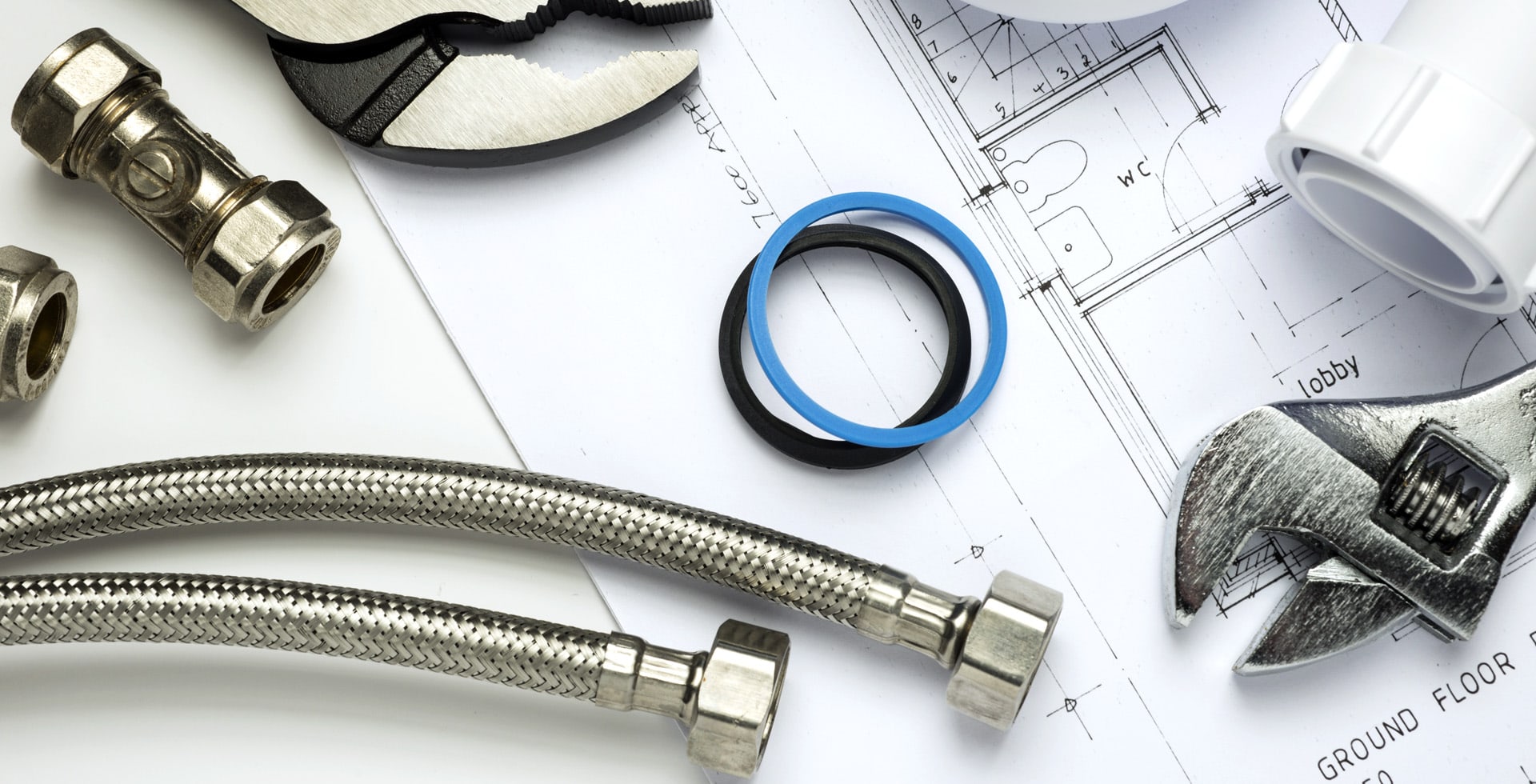“`html
Garage Door Panel Replacement: What to Know
Garage doors are a crucial part of your home’s exterior, providing both aesthetic appeal and functionality. Over time, however, wear and tear can lead to damage in the form of dents, rust, or cracks. When this happens, you may need to consider garage door panel replacement. This article outlines key aspects to keep in mind regarding the process, benefits, and considerations of replacing your garage door panels.
Why Replace Garage Door Panels?
Understanding the reasons for replacing garage door panels can help you make an informed decision. Here are some common reasons homeowners opt for replacement:
- Damage: Dents, tears, or severe weather damage can impair the garage door’s functionality.
- Rust: Rusty panels not only look unattractive but can jeopardize the structural integrity of the door.
- Energy Efficiency: Older panels might not provide adequate insulation, leading to higher energy bills.
- Aesthetic Appeal: New panels can enhance the overall look of your home’s exterior.
Types of Garage Door Panels
There are several materials used for garage door panels, each with its own advantages and disadvantages. Understanding these can help you choose the right panels for your home.
- Steel Panels: Known for their durability and low maintenance, steel panels can be insulated to improve energy efficiency.
- Aluminum Panels: Lightweight and resistant to rust, aluminum panels are suitable for areas with high humidity.
- Wood Panels: Offering a natural aesthetic, wood panels provide excellent insulation but require regular maintenance to prevent rot and warping.
- Fiberglass Panels: Lightweight and resistant to dents and corrosion, fiberglass panels mimic the look of wood without the maintenance needs.
Signs You Need a Panel Replacement
Recognizing when to replace your garage door panels ensures safety and functionality. Here are some clear indicators:
- Visible Damage: Cracks, holes, and warping are telltale signs that replacement is necessary.
- Operational Issues: If the door is stuck or doesn’t open smoothly, it may be due to panel damage.
- Increased Noise: Unusual sounds during operation may indicate issues with the door structure.
- Drafts: If you feel drafts coming from the garage, it can signal that insulation is compromised.
DIY vs. Professional Installation
When it comes to garage door panel replacement, you have two primary options: do it yourself or hire a professional. Each option has its pros and cons.
DIY Installation
- Cost-Effective: Doing it yourself can save on labor costs.
- Flexibility: You can choose your schedule for the replacement.
- Skill Updating: This project can enhance your home improvement skills.
Professional Installation
- Expertise: Professionals have the experience and tools necessary to ensure a seamless installation.
- Time-Saving: Hiring an expert can save you time, particularly if you’re unfamiliar with garage door mechanics.
- Warranty: Many professionals offer warranties for their work, providing you peace of mind.
Steps for Replacing Garage Door Panels
If you decide to replace your garage door panels, here’s a step-by-step guide to help with the process:
- Assess Damage: Determine the extent of the damage and decide which panels need replacing.
- Choose Materials: Select the type of panels that suit your needs and preferences.
- Gather Tools: Ensure you have the right tools; these may include screwdrivers, wrenches, and safety glasses.
- Remove Old Panels: Carefully detach the damaged panels, making sure to support the door structure as needed.
- Install New Panels: Position and secure the new panels, ensuring they are aligned correctly.
- Test Functionality: Once installed, test the garage door to ensure smooth operation.
Cost Considerations
The cost of garage door panel replacement can vary significantly based on several factors:
- Material: The type of material selected will substantially affect costs.
- Labor: If you opt for professional installation, labor charges will contribute to the overall expense.
- Number of Panels: Replacing multiple panels will increase the total cost.
Conclusion
Replacing garage door panels can be a valuable investment in the safety, efficiency, and aesthetics of your home. By understanding the reasons for replacement, the different types of panels available, and whether to tackle the installation yourself or hire a professional, you can make an informed decision that best suits your needs. Whether you’re facing visible damage or looking to enhance your home’s appearance, timely panel replacement can rejuvenate your garage door’s functionality and look.
“`

